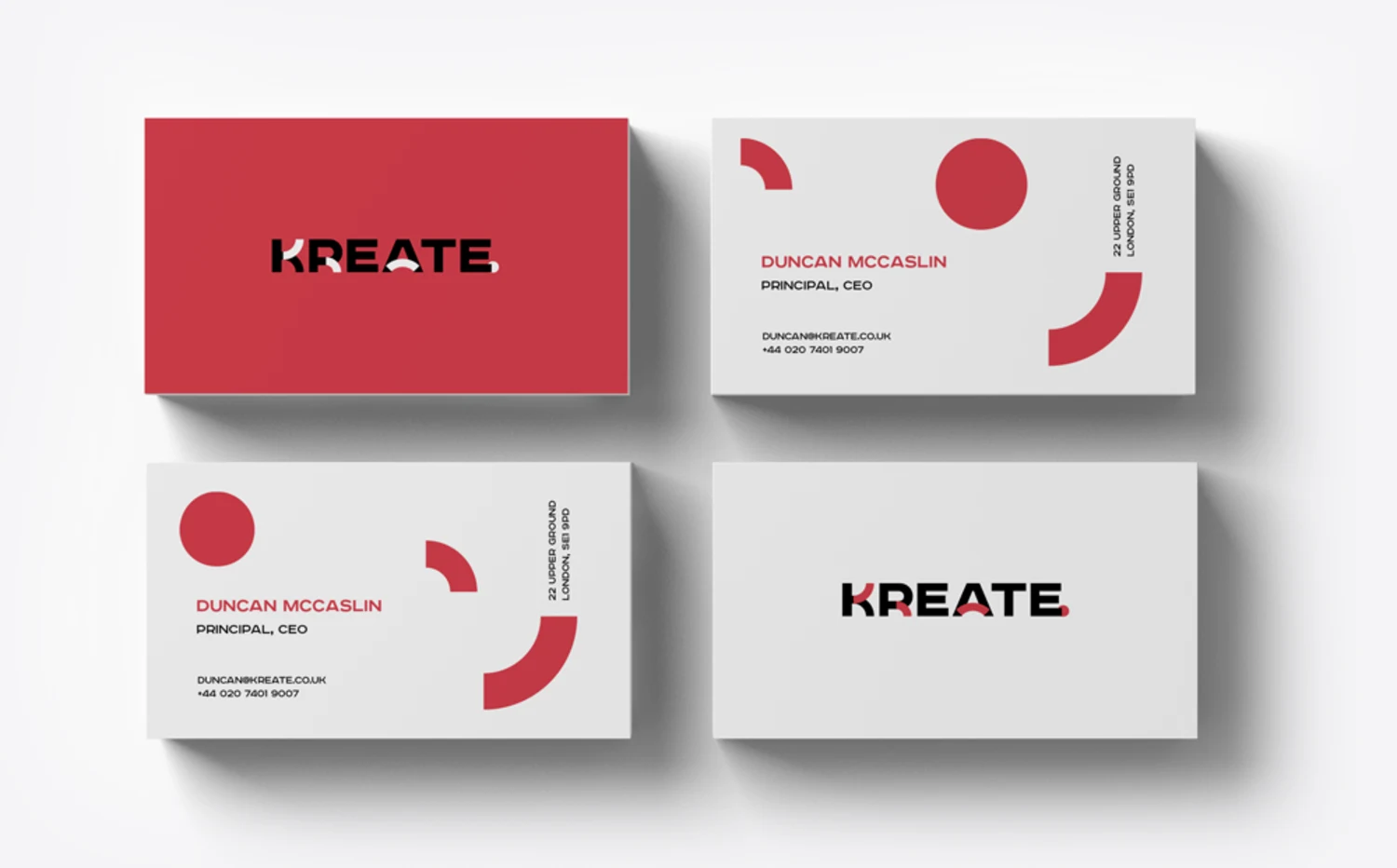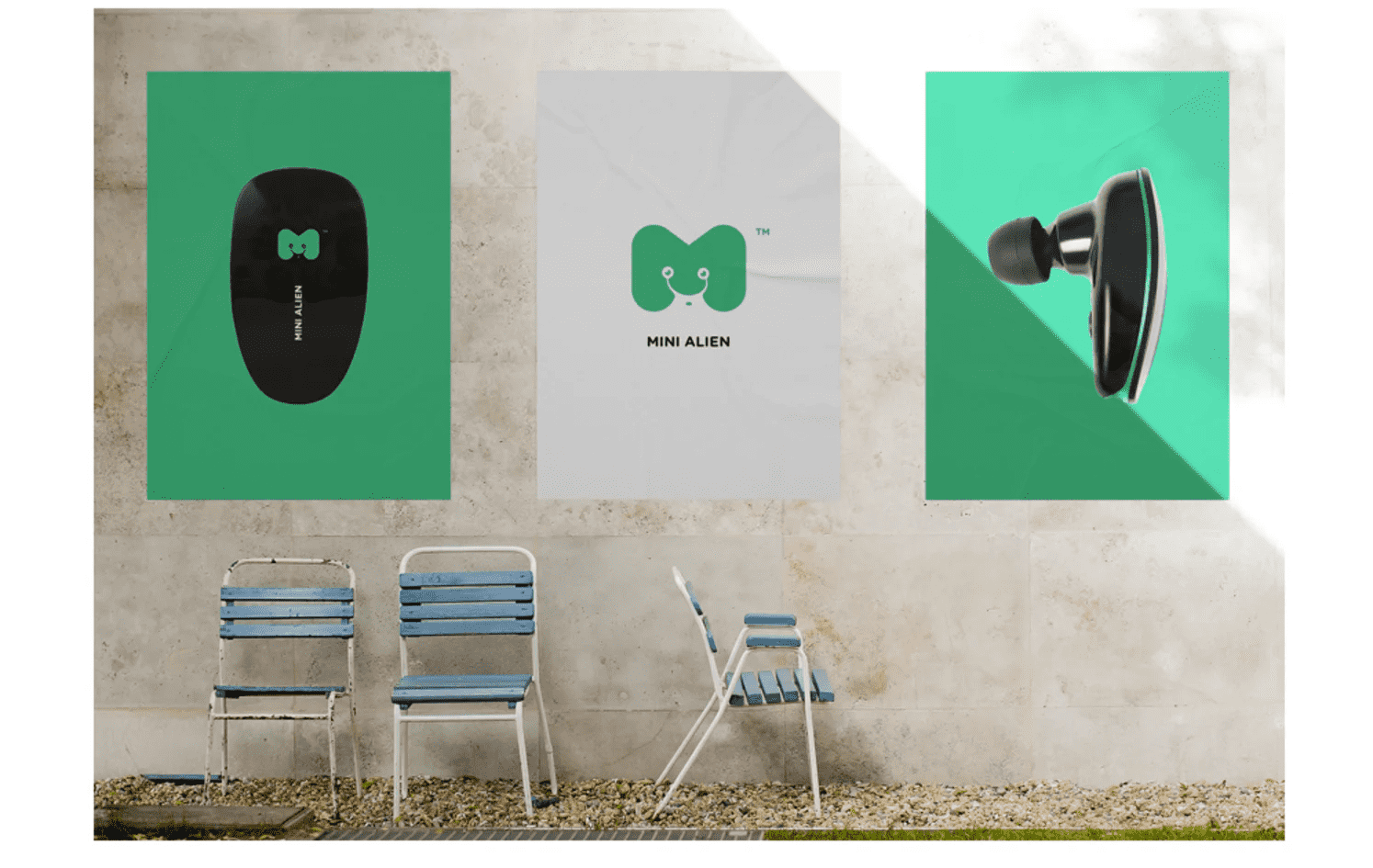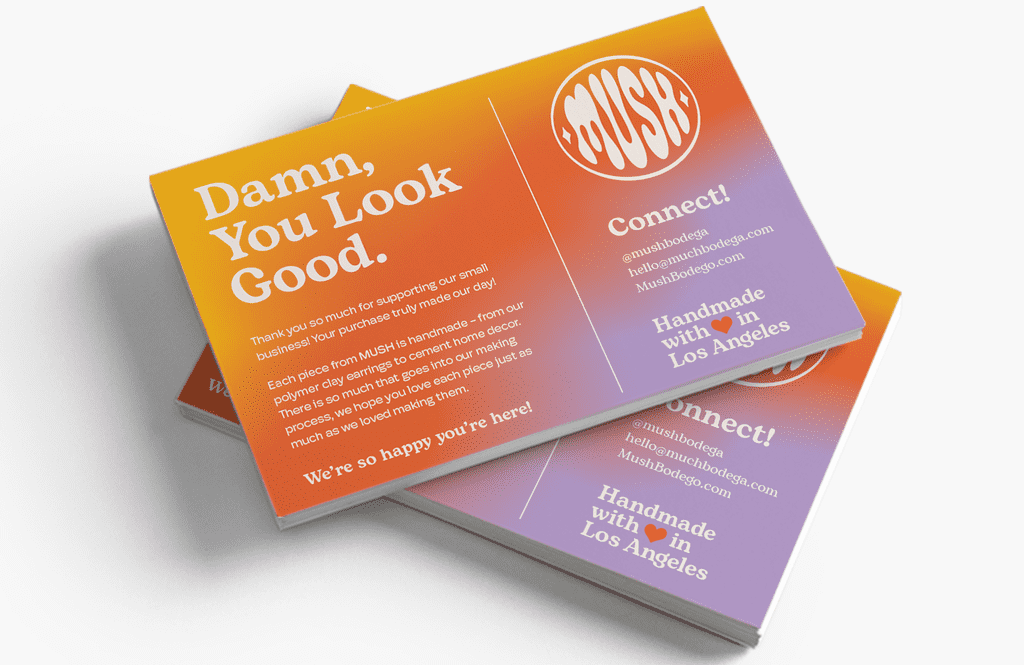Branding design is about creating a brand identity that perfectly reflects your brand. While a logo may be enough for smaller companies, cohesive and holistic branding design effectively communicates your brand story, identity and values. Branding design includes marketing collateral, business cards, packaging, websites, menus, uniforms, merchandise, signage and even the physical business space. To inspire you, browse these branding design examples that outline the different branding approaches commonly used today.
- Branding design creates a visual identity that connects every customer touchpoint, from your website to your business cards.
- Strong and consistent branding can increase brand recognition, build trust and even improve conversion rates.
- Shape, color, typography, layout and illustration branding are all examples of branding design.
- Consistency is key. When you apply your branding across all platforms and materials, you create a stronger, more memorable brand presence.
What is branding design?
Branding design is the process of creating a visual identity for your business. This includes everything that people see and recognize about your brand, such as your:
- Logo: The unique symbol, design or wordmark that represents your brand.
- Colors: The specific colors that are used consistently in all your branding.
- Fonts: The typography used in your logos, signage, websites and marketing materials.
- Imagery: The types of pictures and graphics that reflect your brand’s personality and values.
A business applies branding design across its marketing materials, business card design, packaging, signage, merchandise, websites and social media—each of these touchpoints builds recognition and helps establish a strong and cohesive brand identity.
Why branding design matters for your business
Branding design shapes how customers perceive your business. It creates a sense of familiarity, which can make your brand feel more trustworthy and professional. The benefits of strong branding include:
- Brand awareness and recognition: The more consistently you apply your design, the faster people will recognize and remember your business.
- Customer perception: Good branding builds credibility and customer trust.
- Conversion rates: Consistent visuals can help turn noncommittal browsers into loyal customers.
Strong branding influences how your customers perceive your business.
5 branding design examples to inspire you
When designing your brand, consider the elements of shape, typography, color, illustration and layout, and apply them consistently across all materials and collateral.
1. Shape branding
One common approach to brand design is using characteristic shapes from your logo as a motif throughout your branding. For example, a circular or geometric motif might appear across unique business cards, packaging and social media assets. This repetition strengthens brand recognition and ties all brand elements together, so that every time potential customers see those shapes, they will think of your business.
Apply shape branding across business cards using railed foil accents.
For example, Kreate’s branding design rhythmically applies a circle and arc shape from its logotype across business cards, posters, a Facebook profile and even a vehicle wrap, strengthening brand recognition.

2. Typographic branding
Another approach to brand design is carrying the characters of a logotype into other branding elements. This technique might involve using consistent fonts across all your signage, business cards, stationery and digital channels, or repeating logo characters as a design accent.
For example, the branding design for Architects in Rabat creates the acronym AIR, which is printed on business cards and posters using the same font and spacing, helping to connect text to the business name and logo.
The brand design for Matrix Capital repeats the logo’s typographic characters for business cards and envelopes, creating a conceptual trail that leads its audience back to the company name. Typographic branding can also be as simple as using the same font from the logo for any brand text.
3. Color branding
Branding design can also be approached by taking colors from the logo and applying them to other brand elements, such as menus, packaging or digital business cards. When color is applied consistently throughout business branding, like Mini Alien’s brand design, it instantly ties all of your materials together, increasing brand recognition.

Still need to choose your brand color palette? Learn more about branding colors here.
4. Illustration branding
Illustration is also a valuable tool for brand design. Many companies design their logo around an illustration that can stand alone on brand materials. Custom illustrations can give marketing collateral a distinctive edge, so that when people see the illustration without any text, they still connect it with the company name and brand. This branding technique is especially effective on stickers and the back of business cards.
5. Layout and dimension branding
Branding doesn’t stop at colors and fonts. Even the layout and dimensions of business cards, postcards or flyers can reinforce your brand identity. Whether you choose square, vertical or custom dimensions, the physical format and layout of your branding and marketing materials can serve as an extension of your brand, helping it stick in people’s memories.
How to create and apply branding design
Branding design doesn’t have to be overwhelming. Break it into these three easy steps.
Step 1: Define your brand identity
Your brand identity is the foundation of your branding design. Start by writing down your mission, values and brand personality—what do you stand for, and how do you want customers to feel about you? Then think about your target audience. Are they young professionals who value modern minimalism, or families who seek warmth and friendliness? Defining these elements helps ensure that every design decision aligns with your bigger picture.

Step 2: Choose your visual elements
Once you know who you are, it’s time to decide how you’ll show it. Get a logo that represents your identity, apply a color palette that reflects your mood or values and select fonts that match your brand tone, whether that’s professional, playful or somewhere in between. Imagery (like photos or icons) can also reinforce your story and shape how customers perceive your brand.
The visual elements of your branding should represent your company’s mood and values.
Step 3: Apply your branding
Now put your branding to work. Apply your branding consistently across all channels, particularly when designing business cards, websites, signage, packaging, merchandise and digital marketing. Repetition is what builds brand recognition, so the more places customers see your consistent design, the stronger your brand will become.
Create a brand style guide that includes your rules for logo usage, fonts, colors and layouts, helping your team stay aligned with your branding as your business grows.
Bringing your branding design to life
A designer can create your branding design based on the branding inspiration and brand identity details you provide. And remember to outline all your design choices in a brand style guide to keep your branding consistent across all platforms and channels.
